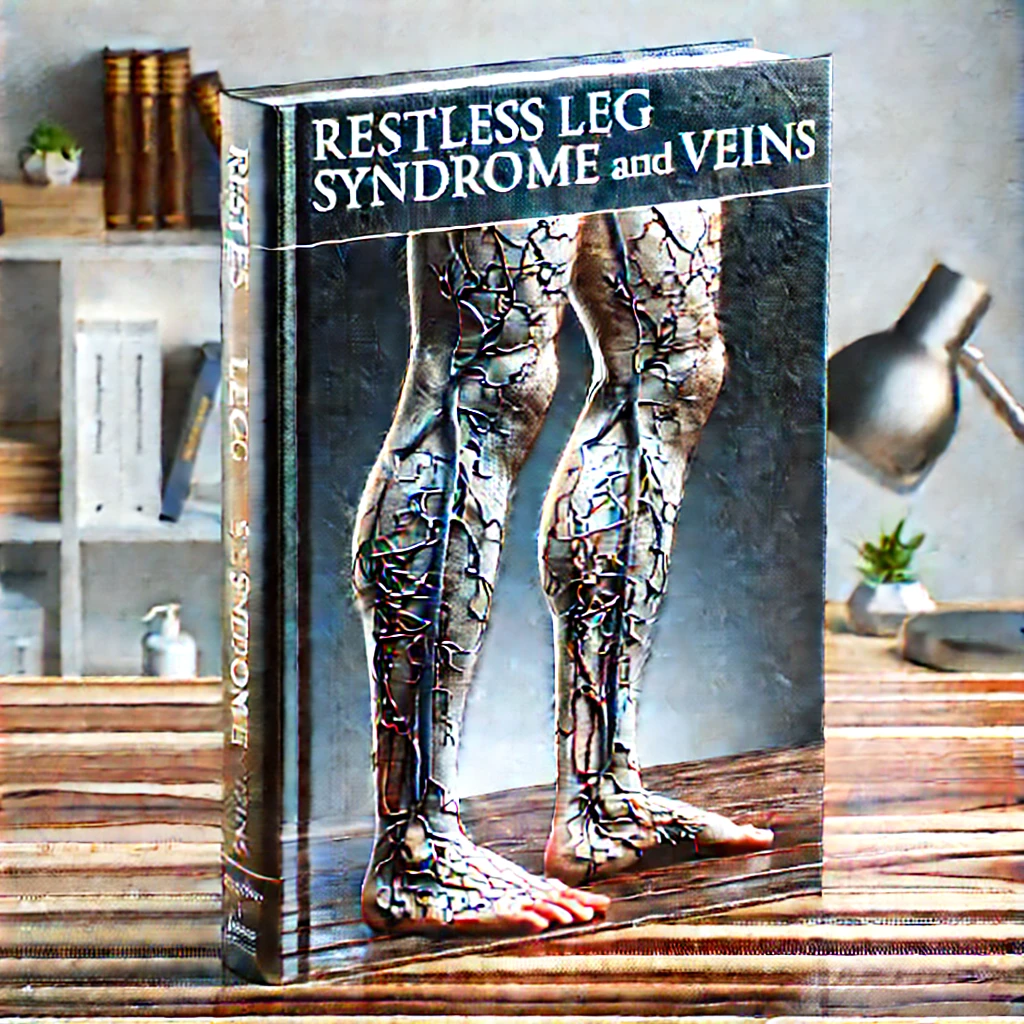Why Restless Leg Syndrome Medications Don’t Stop Your Legs from Kicking

Why Restless Leg Syndrome Medications Don’t Stop Your Legs from Kicking
Restless Leg Syndrome (RLS) can feel maddening. That irresistible urge to move your legs — especially at night — can leave you exhausted, frustrated, and desperate for relief. Most patients are prescribed dopaminergic medications or nerve-modulating drugs like:
- Ropinirole (Requip®)
- Pramipexole (Mirapex®)
- Gabapentin (Neurontin® or Horizant®)
- Pregabalin (Lyrica®)
While these medications can temporarily reduce the creepy-crawly sensation or help you fall asleep, many patients notice their legs still kick or twitch during the night — and their sleep quality doesn’t fully improve.
Why? Because medications for RLS often address the symptom, not the root cause, and they don’t always control the involuntary leg movements that disturb sleep.
The Difference Between Sensations and Movements
RLS is a neurological and sensory disorder, but the leg movements that disrupt your sleep are often classified as Periodic Limb Movements (PLMs).
- RLS sensations: Urge to move, tingling, crawling, or aching
- PLMs: Involuntary leg jerks or kicks that occur during sleep
Most medications for RLS target the urge-to-move sensations, not the automatic leg movements. This means you might feel temporary relief, but your legs can continue kicking unconsciously during the night, leading to fragmented sleep.
Why Medications Fall Short
1. They Don’t Correct the Root Cause
RLS is often linked to deeper imbalances, including:
- Iron or ferritin deficiency in the brain
- Chronic inflammation or poor circulation
- Nerve irritation or vein disease
- Gut imbalances that affect nutrient absorption and neurotransmitter production
Medications like dopamine agonists only mask the symptoms temporarily, rather than correcting the underlying issue that’s driving the leg movements.
2. They Primarily Address Dopamine, Not Movement Pathways
RLS drugs reduce the urge to move by altering dopamine signaling in the brain, but automatic leg jerks are controlled by separate neural pathways.
This is why patients often report:
- Legs feel calmer but still move at night
- Sleep remains fragmented
- Fatigue and brain fog continue during the day
3. Augmentation Can Make Things Worse Over Time
One common complication of dopamine-based RLS medications is augmentation — when symptoms:
- Start earlier in the day
- Become more intense
- Spread to the arms or other body parts
Even if the medication reduces nighttime discomfort, it may worsen involuntary leg movements or disrupt long-term sleep quality.
Hidden Causes of Persistent Nighttime Kicking
If medications aren’t stopping your leg movements, there’s likely an unaddressed root cause.
Common contributors include:
- Low ferritin (iron storage) — even “normal” blood iron may be insufficient for brain function
- Magnesium deficiency — critical for muscle relaxation and nerve function
- Peripheral circulation issues like chronic venous insufficiency (CVI)
- Sleep apnea — can worsen RLS and PLMs due to intermittent hypoxia
- Gut and microbiome imbalance — affects dopamine and iron absorption
- Chronic inflammation or toxin exposure — which irritate nerves and increase excitability
Functional Medicine Approach to True Relief
At Sheen Vein and Cosmetics, we go beyond symptom control to identify and address the root cause of restless legs and nighttime leg movements.
Our approach includes:
1. Comprehensive Testing
- Ferritin, iron, and B12 levels
- Magnesium and other key minerals
- Vascular ultrasound to check for vein disease
- Sleep evaluation if PLMs or apnea are suspected
- Gut health and nutrient absorption analysis
2. Nutritional and Mineral Optimization
- Correcting low iron, magnesium, and B vitamin levels
- Supporting neurotransmitter balance naturally
3. Circulation and Vein Support
- If vein disease is contributing to RLS, minimally invasive vein treatments often reduce leg restlessness and nighttime movement
4. Lifestyle and Sleep Strategies
- Evening stretching, magnesium baths, and nerve-calming nutrition
- Avoiding triggers like excess caffeine, alcohol, and processed sugar
By treating the underlying circulatory, neurological, or metabolic imbalance, patients often experience long-term relief and better sleep — without increasing medications.
Final Thoughts
If your RLS medication isn’t stopping your legs from kicking, it’s not your imagination. Drugs often calm the sensations but don’t fix the automatic movements — and they certainly don’t address the root cause.
A functional, root-cause approach can restore better sleep, reduce involuntary movements, and help you wake up feeling truly rested.
Call to Action:
Still losing sleep to restless legs? Schedule a functional medicine and vein evaluation at Sheen Vein and Cosmetics to uncover the root cause and finally get lasting relief.